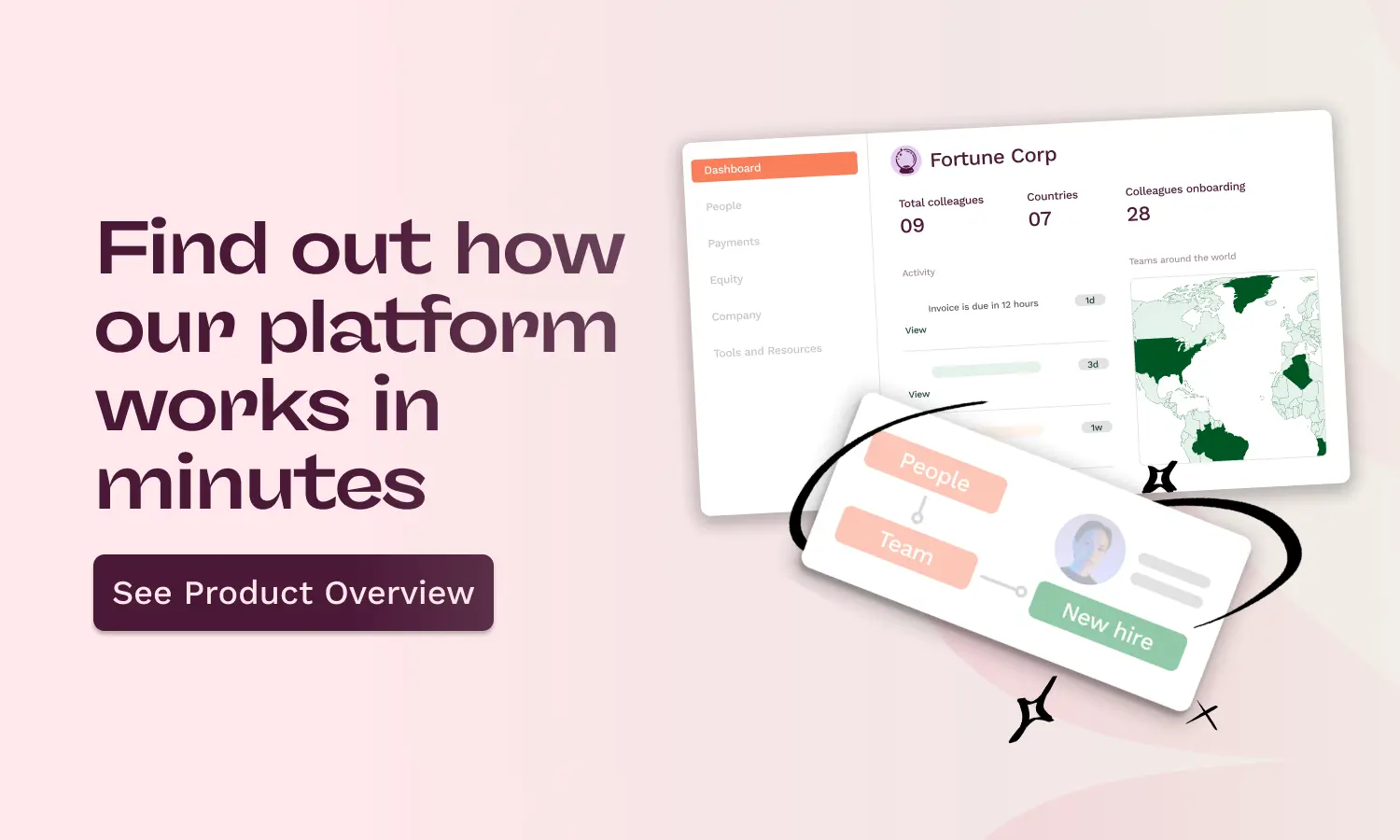With 875 million members in more than 200 countries and territories worldwide, LinkedIn is one of the best places to search for your next employment opportunity. However, there’s a right and wrong way to let employers know that you’re open to work.
The easiest thing you can do is publish a post that you’re open to work, but this often comes across as desperate. Plus, your post has the potential to get buried in the countless other pieces of content posted every day.
Fortunately, the platform has added an easier—and more visible—way to let employers know you’re seeking a new opportunity.
What is Open to Work on LinkedIn?
Many people are unfamiliar with the “Open to Work” photo frame on LinkedIn. The platform introduced this feature to show recruiters and personal networks when individuals are open to job opportunities. The settings allow you to “specify the types of job opportunities that you’re interested in and your preferred location” to make your profile more visible to relevant recruiters.
You can make the “Open to Work” frame on your profile photo visible to all LinkedIn members, including employees at your current company, or recruiters only.
The main consideration is who you want to know you’re open to work. If you’re currently unemployed, you won’t have any concerns about someone at your previous company seeing your status. But if you’re employed and attempting to keep your job search under wraps, you’ll want to select “recruiters only.”
When the time comes, you can remove the feature by clicking the edit icon on the Open to Work box at the top of your profile.
Mistakes to avoid
No matter how you let employers and recruiters know you’re open to work, there are some basic mistakes to avoid. The right strategy puts you in the best position possible to land an interview and receive a job offer. Here are a few missteps that could derail your search:
- Sounding too desperate: There’s a fine line between seeking employment and coming across as desperate. It’s okay to put yourself out there but do so in a professional manner. If you sound overeager, there’s a greater chance that an employer will take advantage of you, such as with a lowball offer.
- Sending “blanket” messages: Don’t send the same template to every connection, recruiter, or hiring manager in your network. The chance of generating a response is very small. Active outreach should be powered by custom messages that engage the other party.
- Ignoring opportunities: Even if you’re looking for a specific title or industry, keep your mind open to anything and everything that comes across your desk. It’s important to be aware of potential spam and mismatches, but flexibility can work to your advantage. Recruiters may see potential in your skill set for positions that might not fit your exact specifications, or you may come across remote opportunities that let you explore the possibilities of working from home in the long term.
How to declare your intentions the right way
Maintain a professional demeanor
You only get one chance to make a good first impression. When speaking with recruiters and hiring managers, always be professional—remember that these are new connections, even if interacting online seems more casual. Your behavior on LinkedIn should also be consistent during follow-up conversations over the phone and in person.
Prove your expertise
What can you do to prove that you’re more qualified than the many other candidates using LinkedIn? Make sure your profile reflects your education and experience, including relevant certifications and awards and overviews of major projects. Sharing your accomplishments online won’t replace your resume, but you should be able to present the information in a way that gets recruiters’ attention and provides some substance.
Don’t bad mouth your previous employer
No matter the circumstances surrounding your previous position, it’s wise to avoid creating a negative impression. If asked about your previous position, stick to what matters: your job responsibilities and performance. Highlight your willingness to take on new challenges and how your current or previous role has prepared you for the job you’re interested in.
As you connect with more people on LinkedIn, think about the responses you receive. Use that feedback to inform future interactions to ensure you’re a more desirable candidate.
Do you need guidance?
If you need a push in the right direction, Oyster’s Global Employment Pass is just what you’re looking for. It’s chock-full of resources to help you find and land your dream job.
About Oyster
Oyster is a global employment platform designed to enable visionary HR leaders to find, engage, pay, manage, develop, and take care of a thriving distributed workforce. Oyster lets growing companies give valued international team members the experience they deserve, without the usual headaches and expense.
Oyster enables hiring anywhere in the world—with reliable, compliant payroll, and great local benefits and perks.












.avif)





